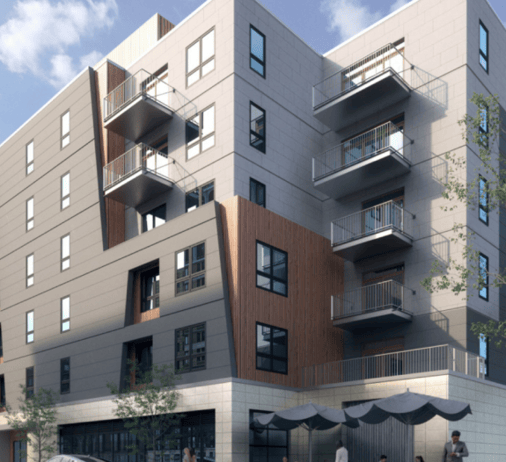Development in Boston is like olympic gymnastics....
I was watching the Olympics last night and was once again startled by the fact that nobody can agree who the winner should be in gymnastics. The commentators were bashing the judges for choosing the Chinese girl (who is actually 7 1/2 years old!) over the American (who is actually Russian!) in the uneven bars. It just exemplifies how silly any sport that requires a judge to decide the winner can become. Nothing against the talented athletes and all their hard work to get to that level, but any time you put the decision of a winner into a judge's hand instead of the athletes themselves, the process can and will easily be unfair. It becomes a subjective decision no matter what. Kind of reminds me of the development process in Boston.

In the Boston development landscape right now, everyone has a different opinion on what should be built where. And how do do it. Take for example the Ron Druker project at 350 Boylston (the corner or Boylston and Arlington across from the Public Garden), which the Boston Redevelopment Authority rejected and sent it back for a redesign for not being "symapthetic" enough with the existing historic enviroment. Who says what is sympathetic or not? Are there guidelines? What exactly is the exiting historic environment? Seems to me there is a multitude of varying styles running all the way down Boylston (from the Apple Store to the Mandarin Hotel to the Trinity Church to the Boston Public Library...you get the point). If you look just around the Public Garden and Common, the same applies.
I happen to think the design is very sympathetic to the environment as did many of my collegues and city residents. Obviously, there were those who did not as well, and I respect their opinion, but that is all we have - opinions. Who gets to be right?
This is a local developer with deep concern for the neighborhood (and has proven it in the past) who hired world renowned architect Cesar Pelli to design the building (certainly not some stiff architect just out of grad school on the cheap). They came up with a design that they thought was "sympathetic" and also complied with all zonig laws, so they sought no variances. They spent hundreds of thousands if not millions of dollars already on the design, engineering, traffic, shadow, and market studies to design this proposal only to get shot down. Because of an opinion.
I know there are those who want to preserve the buildings that exist on the site today (even though they were not designated as landmarks by the Boston Landmarks Commission). I am not advocating for wholesale demolition of older buildings but I ask - What's wrong with the architecture of today? Why can't those buildings built today be landmarks of the future and become an "historical record" of the early 21st century? And also have much greater usability and help the economy of Boston in a far greater way than the current buildings.
What's more important? Living in a "museum city" where everthing is old and stagnant and lacks modern convenience (however beautiful) or having a vibrant city economically with great examples of past architecture preserved but also room made for economic growth and great examples of 21st century architecture.....Bottom line - cities must be living, breathing, and evolving over time or they grow stagnant. Boston is becoming so overly onerous towards developers that nothing ever gets done and everything costs 3x as much as it should if it ever gets off the ground. No wonder prices are so high! There is no option for a project to be econmically feasible. I am not in favor of no oversight, or not taking into account different viewpoints, of course, but what I am for is more objective sense and reason for the process developers must go through to get anything built that could enhance the city in the future, economically and culturally, in a meaningful way.
